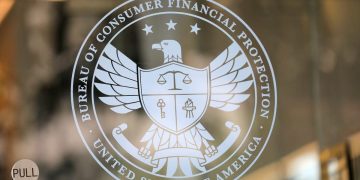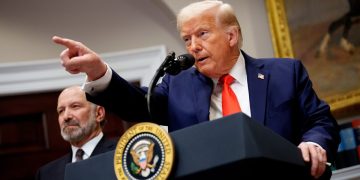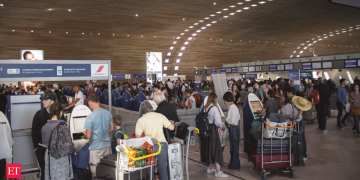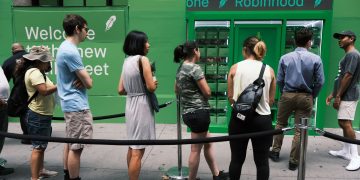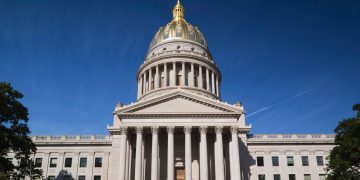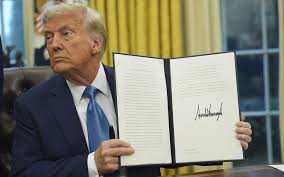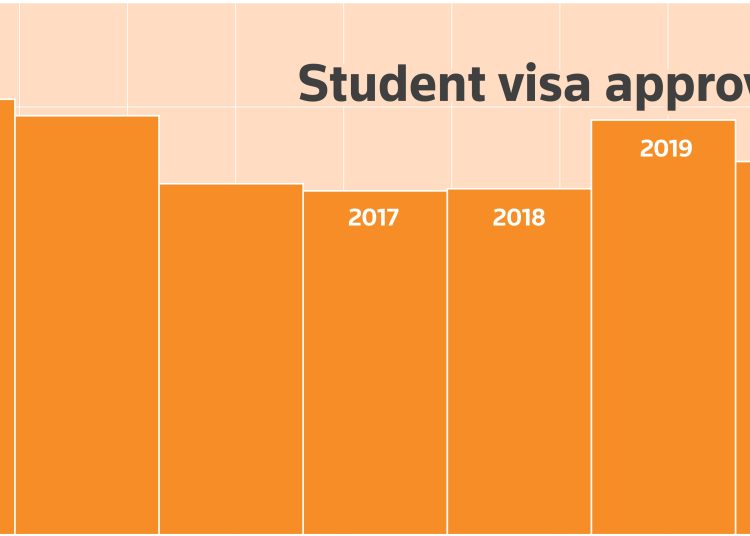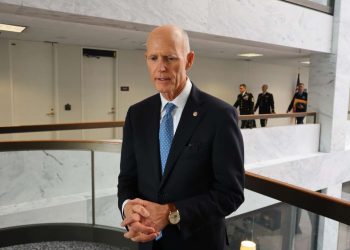After Donald Trump won the November election, many U.S. universities took the proactive step of warning their international students against staying abroad for the holidays beyond Jan. 20, Trump’s first day in office, for fear that the students would have trouble returning to the U.S. under the new administration.
University administrators’ worries are well-founded: a few days after Trump started his first term in 2017, thousands of students were stuck in their home countries after he issued a travel ban against Muslim-dominated nations. Foreign students were also a specific target for Republican lawmakers after the campus protests against Israel’s war in Gaza last summer.
Since his return to the White House, Trump has already asked immigration officials to tighten visa vetting procedures, which will likely slow processing times in embassies and consulates. Immigration advocates had expected this increased bureaucratic red tape, which was also a hallmark of Trump’s first term. However, data from his first administration paints a less grim picture for foreign students than Trump’s harsh rhetoric might suggest. During those years, the flow of international students stayed elevated. This time around, experts expect a similar pattern: while cracking down on some kinds of immigration, others, like students, will proceed largely unchanged.
The U.S. has issued between 300,000 and 500,000 F visas, the most common type of student visa, every year since 2007,…




